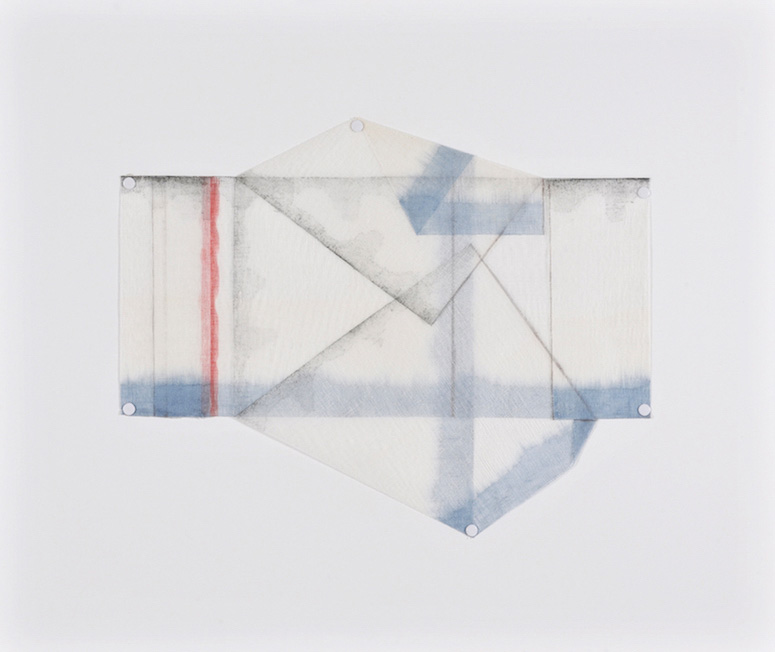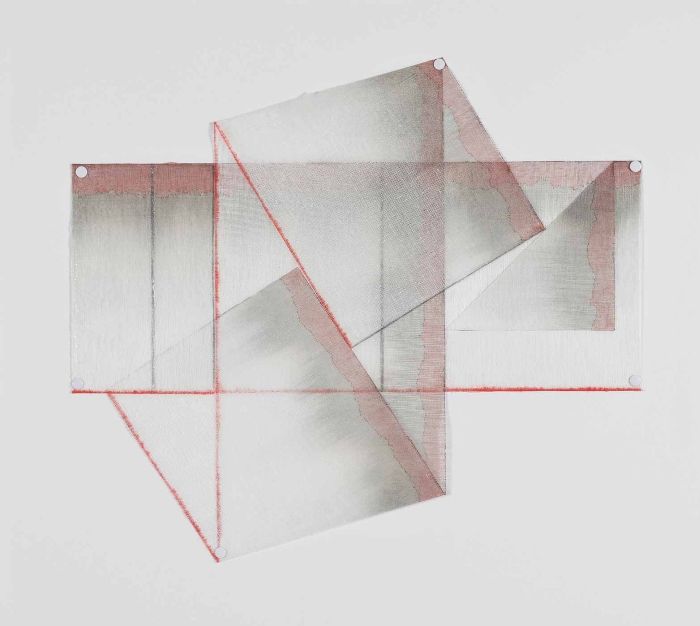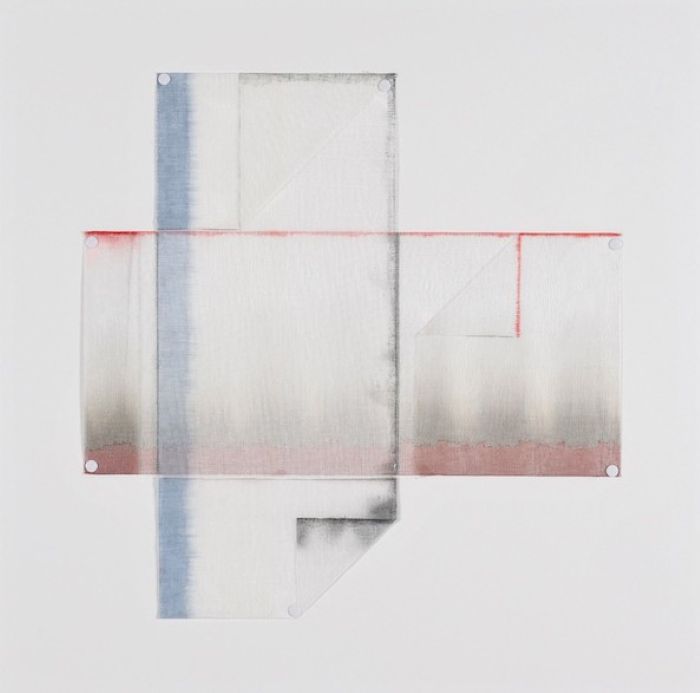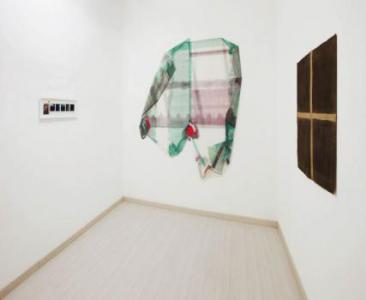Selected works
Biography
Noël Dolla (Nizza - Francia, 1945). Vive e lavora a Nizza.
La ricerca di Noël Dolla esplora il limite della pittura e la sua struttura. Nel 1971 partecipa alle mostre fondamento dell movimento Supports/Surfaces, sia a Nizza che alla Cité Universitaire di Parigi, lavorando sui fondamenti del dipingere, sui supporti e successivamente sui rapporti tra forma e colore. Tra il 1974 e il 1975 espone a Firenze, Milano, Genova, Bruxelles, Colonia e Düsseldorf. Alla fine degli anni settanta abbandona la serie delle Croci, che lo hanno reso famoso in Europa, e dal 1980 si dedica in prevalenza ad un nuovo filone, quello delle Tarlatane, concepite appese alle pareti senza cornice né sostegno.
Il confronto col materiale è l’interesse primario anche del gruppo E.L.A.N. (slancio), composto da sei fantomatici artisti i cui nomi sono anagrammi di “Noël Dolla”. Non abbandona mai l’interesse per la natura e l’intervento pittorico negli spazi aperti, spunti che ha proposto fin dalle prime Ristrutturazioni spaziali di fine anni sessanta. Negli anni novanta continua la sua ricerca in nuovi territori, come le Jalousies, le persiane alla mediterranea, e le Esche.
-
Noël Dolla (Nice - France, 1945). Lives and works in Nice.
Noël Dolla’s research explores the limits of painting and its structure. In 1971 he took part to the exhibitions that found the movement Supports/Surfaces in Nice and at the Cité Universitaire in Paris, working on the basis of painting, the supports and the relationship between shape and color. Between 1974 and 1975 he presented his works in Florence, Milan, Genoa, Bruxelles, Cologne and Düsseldorf. At the end of the 70s he gave up the Crosses series, which made him famous in Europe. Since 1980, he focuses on another front, the Tarlatans, conceived hanging on the wall with no frame or support.
The material is Dolla’s main interest, as well as E.L.A.N.’s, a six famous artists group whose names are the anagrams of “Noël Dolla”. He never abandoned his interest in nature and open space works, concepts he has proposed from his first Space restructurings in the Sixties. In the nineties he continues his research in new territories, like Jalousies, Mediterranean shutters, and the Baits.



